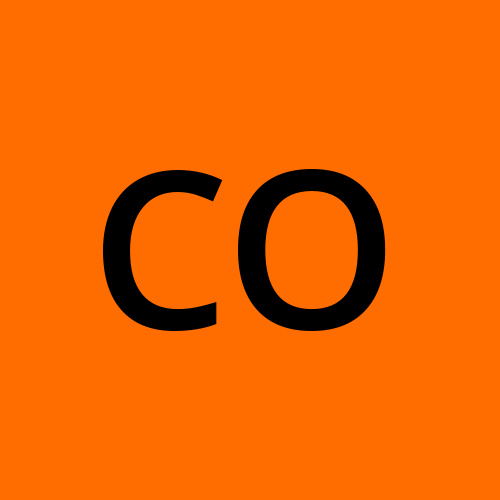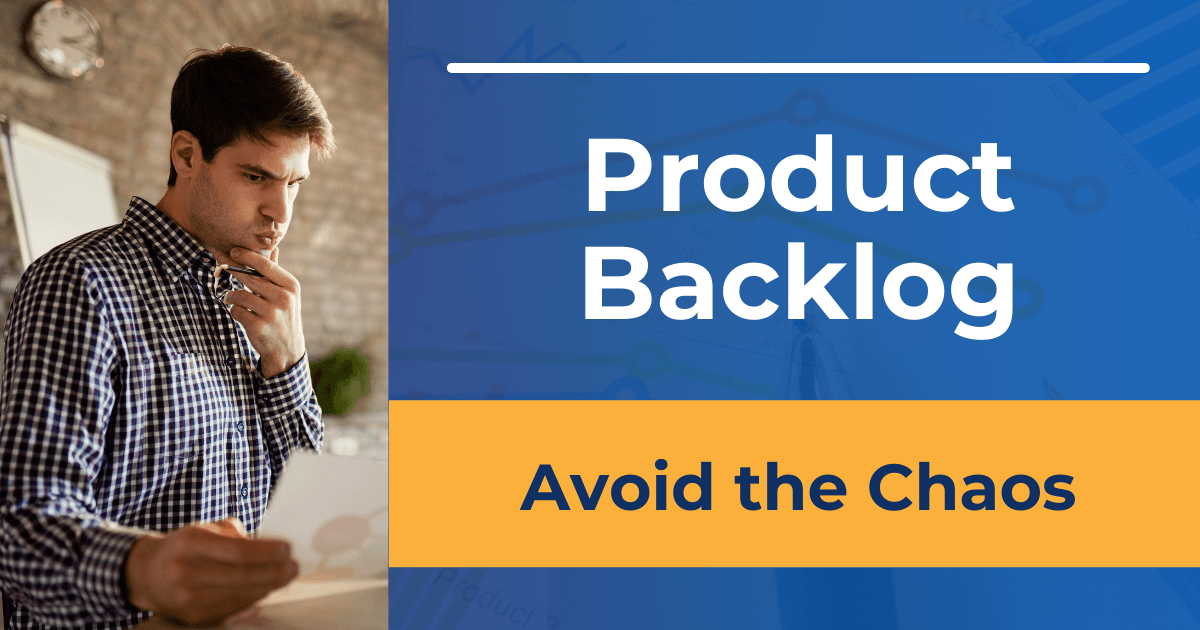Five backlog prioritisation frameworks for PMs
 Chris Eko
Chris Eko
One of the most important and difficult tasks product managers routinely perform is backlog prioritization. Let's look at 5 backlog prioritisation frameworks you should be familiar with as a product manager.
1) 𝗞𝗮𝗻𝗼 𝗠𝗼𝗱𝗲𝗹:
This is a framework for measuring customer satisfaction with a product or service. Helps product managers prioritize features based on customer satisfaction and importance.
Strength: Consider customer satisfaction.
Weakness: Does not consider feature cost and feasibility.
Usage: This framework is suitable for customer-oriented products and services.
2) 𝗩𝗮𝗹𝘂𝗲-𝗲𝗳𝗳𝗼𝗿𝘁:
This is a prioritization framework that prioritizes features based on their potential value and the effort required to implement them. A two-dimensional matrix is used to represent features on a grid.
Strength: You can prioritize items based on mutual value and effort.
Weakness: Value and effort are often crude guesses and completely wrong.
3) 𝗠𝗼𝗦𝗖𝗼𝗪:
This stands for Must Have, Should Have, Could Have, Would Like to Have. This framework allows product managers to prioritize features based on need and importance.
Strength: Easy to understand.
Weakness: Item dependencies and relative values are not taken into account.
Usage: This framework is suitable for very simple products and projects.
4) 𝗧𝗵𝗲 𝗪𝗲𝗶𝗴𝗵𝘁𝗲𝗱 𝗦𝗰𝗼𝗿𝗶𝗻𝗴 𝗺𝗼𝗱𝗲𝗹:
Here each feature is evaluated based on several criteria: The score is then multiplied by the weight of each criterion to determine the overall priority of the feature. Features with the highest scores are considered the most important and should be prioritized.
Strength: You can prioritize multiple vectors and adjust them based on your current strategy.
Weakness: Can be time-consuming and complicated to set up and use effectively.
Usage: This framework is suitable for feature-rich products or where multiple factors need to be considered when prioritizing.
5) 𝗥𝗜𝗖𝗘:
This is an acronym for Reach, Impact Trust and Effort. Here we prioritize features based on reach, impact, trust and effort. It helps you prioritize features based on their potential reach and impact, and the level of trust and effort required to implement them.
Strength: Consider the potential reach and impact of features.
Weakness: It is often difficult to estimate the required parameters.
Usage: Only use if these parameters can be reliably estimated. Otherwise it's just a guessing game.
Although there are many other frameworks you can use, explore and make as your favorite.
Subscribe to my newsletter
Read articles from Chris Eko directly inside your inbox. Subscribe to the newsletter, and don't miss out.
Written by
